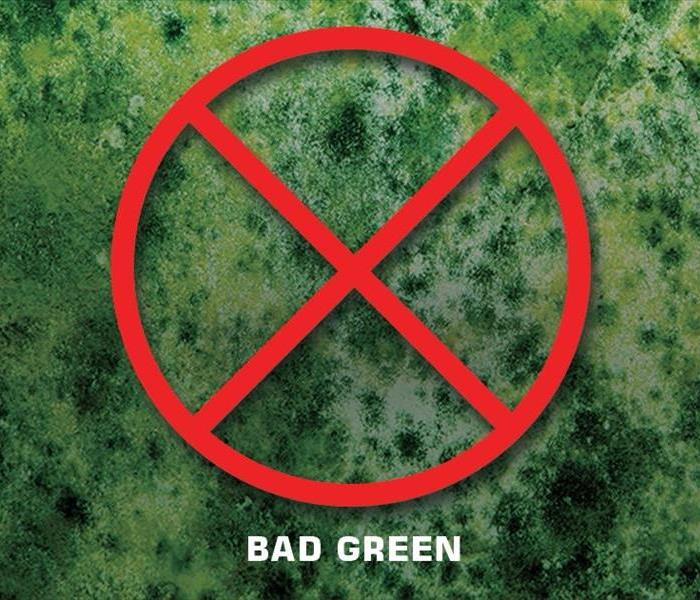What is Rock Hill Mold?
7/21/2015 (Permalink)
 Although mold may only be considered a nuisance, due to its release of mycotoxin, mold should not be taken lightly.
Although mold may only be considered a nuisance, due to its release of mycotoxin, mold should not be taken lightly.
What is Mold?
Many people who complain about Rock Hill mold do not know what it is. A mold is not a plant or an animal. Instead, it is classified as a fungus. Mold, which is typically considered an unsightly nuisance, can cause health effects to people, especially on those with allergies. However, a close look at the nature of mold and its growth requirements is necessary to truly understand it.
Moisture and Darkness
Mold and other fungi require moisture and darkness to grow. Thus, mold is often found in the attic, basement or bathroom of a home. The moisture in these areas helps ensure the mold can properly break down its food, and the restricted light protects the light-sensitive organism.
Although a Rock Hill mold may appear similar to a plant, mold does not possess the same chlorophyll pigments and cannot produce its own food. Plants produce food through photosynthesis, but light is required for the process. Mold, which is not light-dependent, absorbs its food.
Food Source
All living organisms, including mold, require oxygen. In addition to oxygen, mold must have food to live. Animals eat their food, and plants create their food. However, fungi, such as mold, absorb their nourishment.
The mold’s food is comprised of cellulose. The mold absorbs the cellulose through a process that requires moisture to assist with its breakdown. Once the food is digested, the mold releases its digestive byproducts as waste.
Mold Waste and Gaseous Output
The gaseous waste that is released by mold can be quite harmful. When mold spores and their waste are inhaled, they transport mycotoxin, a toxic substance that can cause allergic reactions, to the lungs. The detrimental effects of mycotoxin are the primary reasons that mold remediation is necessary.
Mold Remediation
Rock Hill mold remediation is the process by which mold is removed. Once the mold is gone, people who suffer from mold allergies have instant relief. Alleviating the allergen causes the allergy symptoms to subside.
Mold is naturally occurring. It has existed for millions of years, and its extinction is unlikely. When dealing with mold, one should be cautious. Although mold may only be considered a nuisance, due to its release of mycotoxin, mold should not be taken lightly.
Understanding Mold
Some restoration companies advertise “mold removal” and may even guarantee to remove all mold. This is a fallacy because removing all mold from a house or business is impossible; microscopic mold spores exist almost everywhere, both indoors and outdoors. Here are the facts:
- Mold is present almost everywhere, indoors and outdoors.
- Mold spores are microscopic and float along in the air and may enter your home through windows, doors, or AC/heating systems or even hitch a ride indoors on your clothing or a pet.
- Mold spores thrive on moisture. Mold spores can quickly grow into colonies when exposed to water. These colonies may produce allergens and irritants.
- Before mold remediation can begin, any sources of water or moisture must be addressed. Otherwise, the mold may return.
- Mold often produces a strong, musty odor and can lead you to possible mold problem areas.
- Even higher-than-normal indoor humidity can support mold growth. Keep indoor humidity below 45 percent.





 24/7 Emergency Service
24/7 Emergency Service